Banking is still an essential factor in our everyday lives. Everyone needs a bank to receive income, transfer funds, and every now and again, withdraw cash. Although still in existence, cash is used less frequently today than ever, and we have the technology to thank for that.
Banking, as we know it, is unlike anything it was before technology reshaped the entire sector. Until recently, banks and similar financial institutions were quite resistant to changes and technology in general. However, consumer expectations and the benefits technology can provide to the banks have had a major impact that has driven banks to adapt to changes and innovations, after all.
Today, banks are leveraging technology to its fullest potential, in order to provide convenience and seamless service to their clients. With that in mind, here are a few ways technology has changed banking over the years.
ATMs (Automated Teller Machine)
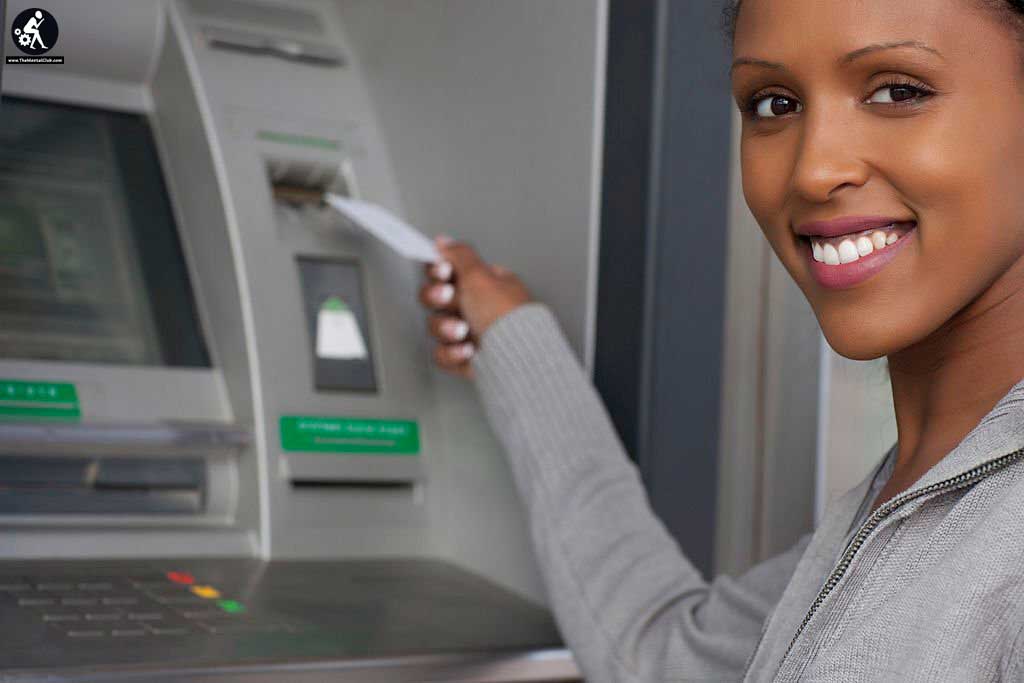
We are all familiar with ATMs, and it seems they’ve been around since the dawn of time. However, ATMs are a major step-up for banks compared to the old days. That said, if you wanted cash or anything else from the bank, you had to visit the bank in person and have a chat with a teller. What’s more, you had to do so during the bank’s business hours.
Then in 1967, the very first ATM appeared in London, UK. Unfortunately, to make it work, you’d still have to visit a teller to get a paper check and a PIN code to operate the ATM, so it wasn’t as convenient as it should’ve been. Today, people rarely visit banks any more thanks to ATMs. The advancements in technology made these machines all that you need. You can withdraw funds, transfer money and even pay your bills on the spot.
Credit and Debit cards
As mentioned before, cash was big back in the day. There were no electronic payments or anything as such. You simply received your salary in cash and you’ve spent cash to procure various necessities. A simpler time, to be sure.

However, with the emergence of ATM, banks needed a way to make them more convenient for clients so they invented debit cards. Everything changed after that and debit ruled over cash soon after. The first payment card was issued in 1972 that used a magnetic strip and a personal identification number (PIN).
Payment cards evolved beyond their use for ATMs and today, people can compare credit cards online to determine the best conditions that will suit their needs. What’s more, people can also make online or in-store purchases, as well as take out loans with their debit or credit cards.
Online banking
The fact of the matter is that people rarely visit banks anymore but ATMs are not the only reason behind this behavior. Another major factor behind rare visits to banks is online banking. Online banking has greatly improved over the course of years thanks to technology, of course.
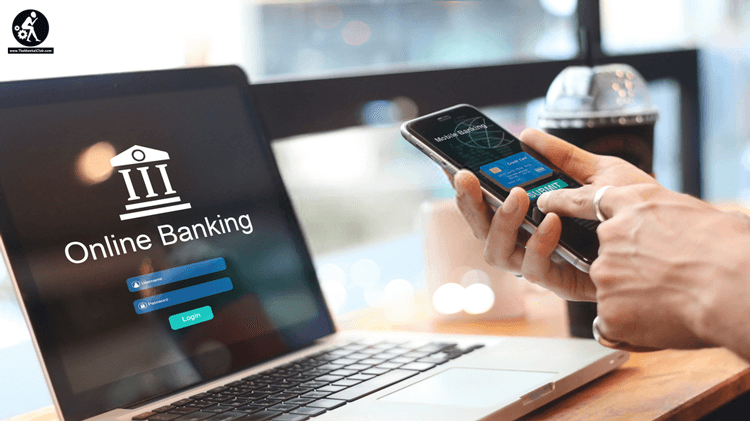
Would you believe that the very first online banking method was introduced back in 1983? No, you wouldn’t, because there was no Internet back then so how could it possibly be online? The Bank of Scotland managed this by allowing clients to connect a computer terminal to their phone and television but back then, it was called distance banking or Home Banking.
And yes, you could pay bills, transfer funds, and even review statements or take loans. The term “online banking” became popular with the emergence of the Internet. Nowadays, e-Banking is a well-known and commonly used method to perform any financial activity you can think of. You can even use your mobile phone for e-Banking, as well.
Mobile banking
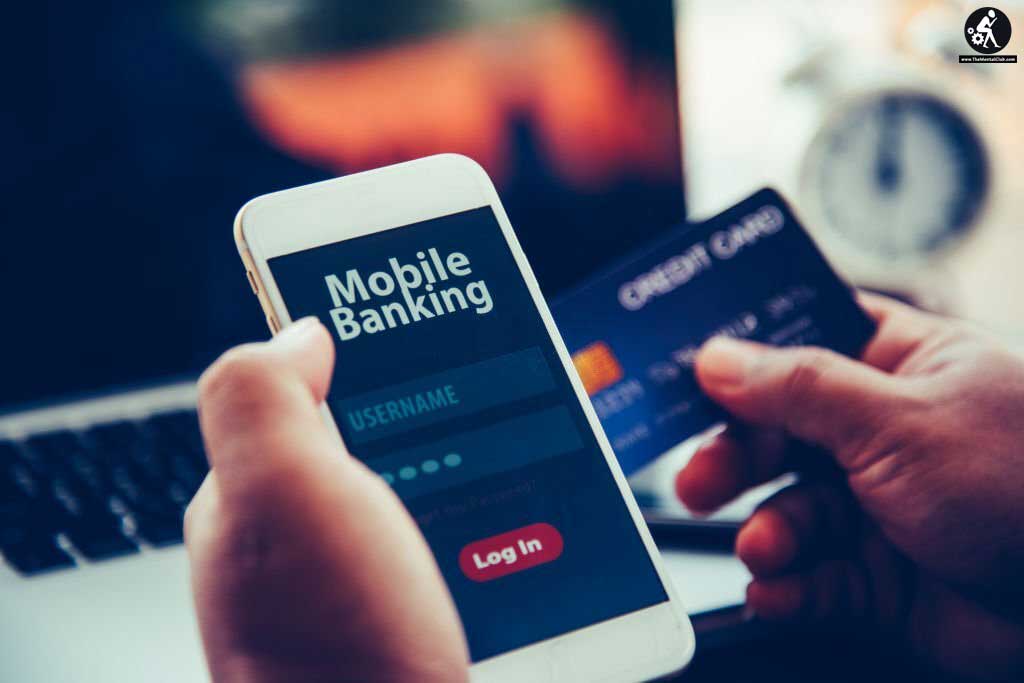
Today, we live in an era of mobile devices and applications. You have everything available on your smartphone and any activity is just a click of a finger away. That said, e-Banking is evolving or has evolved into mobile banking. Mobile phones use apps and banks develop such apps to make their services readily available to consumers.
Therefore, your mobile phone is also your wallet today. So you want to deposit a check? No problem, just use the bank’s app and take a picture of it. Do you want to buy something? Just place your phone near the contactless payment terminal and the money is transferred from your bank account. Want to send money to a friend? You’ve guessed it, just specify the amount and click away.
UPI (Unified Payments Interface)
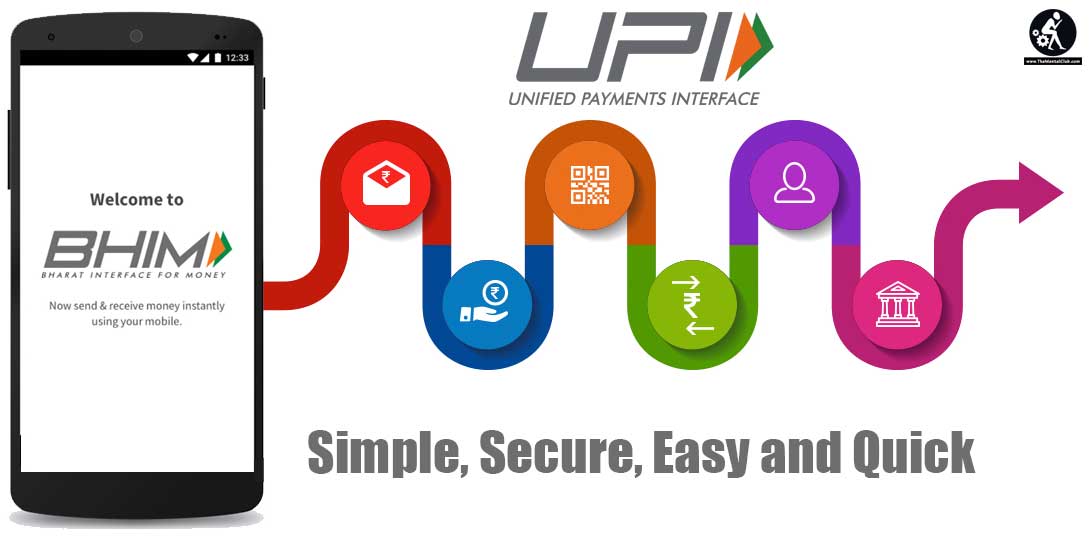
UPI is the second-generation payment system and a tech revolution in the field of banking by the Govt. of India (NPCI). It is a peer-to-peer and person-to-merchant payment interface. So, you can send money to anybody from your account in just one click and less than a second. The receiver will also receive the payment instantly. Another important thing is, that it is free to use. This means customers/users have no need to pay any additional charges for sending and receiving money. Also, there is no maintenance charge or annual fee like credit/debit card. So, UPI is the very first, secure and free payment system by the Govt. of India.
Note: BHIM is the most popular UPI app available for Android, iOS, and Windows. You can also send money without any internet connection using UPI. You’ve to dial USSD code *99# from your registered mobile number (the number which is linked to your bank account).
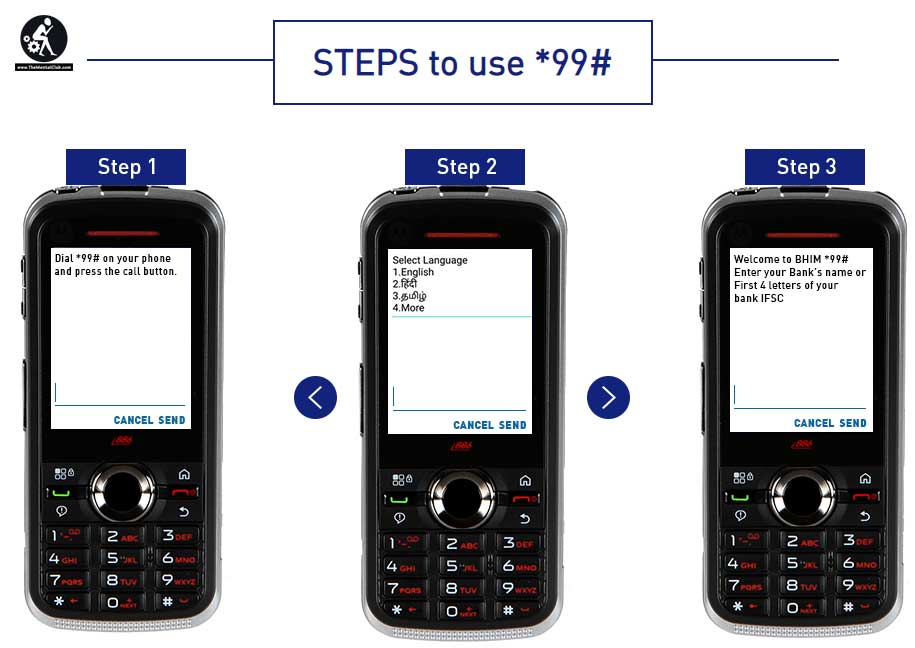
That being said, technology has made banking as seamless as possible. Banks found out that technology can provide convenience so they don’t hesitate from developing new systems and methods for their clientele. Mobile banking is just a minor example of how far technology can actually take us.
Banking has been present in our society since ancient Babylonia. Over the centuries, new approaches and later on, new technologies have revolutionized banking completely. Today, we couldn’t even imagine banking without technology and who knows what’s in store for banking in the future?



































Comments are closed.